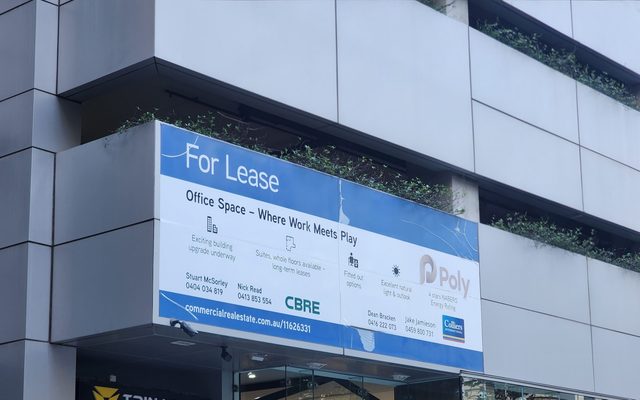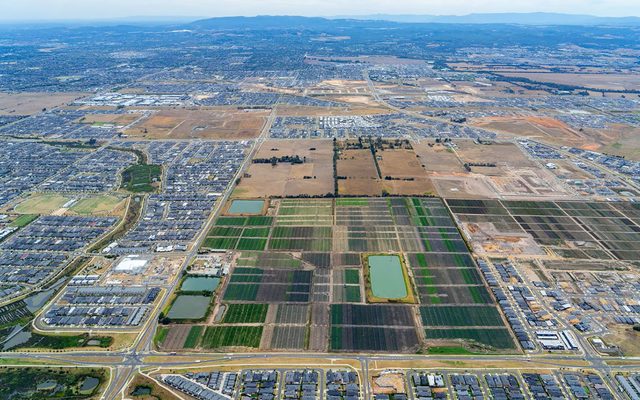This article is from the Australian Property Journal archive
RECORD low interest rates and the HomeBuilder grant have stimulated increasing sales volumes, as the Victorian housing market records its highest sales numbers since 2018.
Even with the states strict second wave COVID-19 lockdown coming into place in July, according to data released by RPM Real Estate Group home buyers were drawn out by the unique market conditions.
Across Greater Melbourne and Geelong, the state recorded 4,566 transactions in quarter three.
“What has been the toughest quarter in terms of restrictions that resulted in the effective closure of real estate for weeks on end has actually driven a record quarter, demonstrating the resilience of the property market in Victoria,” said Kevin Brown, CEO at RPM.
90% of buyers in the third quarter were owner occupiers, with 77% of those purchasers being first homebuyers.
The data also showed that, despite the impact of the extension of HomeBuilder, a quarter of recorded sales were not eligible for grant, pointing to a greater confidence in the market, as RPM forecasts a “cautiously optimistic” outlook for 2021.
“What has been encouraging is the number of people buying without the grant, motivated by the once in a generation market conditions that make it an opportune time to buy if you are in a position to,” said Brown.
The lockdowns did of course cause disruptions, as monthly gross sales declined by 17% to 1,696 lots in July after peaking to over 2,000 lots in June. This fell another 21% in August to 1,338 lots. However, as restrictions eased and conditions stabilised gross lot sales increased by 14% to 1,532 lots in September.
Supply also increased in the September quarter, with new land releases doubling to 4,511 lots.
“Careful management of the headwinds coming is necessary to smooth the transition from HomeBuilder to a more stable market where buyers can continue to move with confidence. Government support is a must if we are to continue on this trajectory.”
“Without government incentives in place, the pressure will be on developers to meet the market in 2021 until confidence is restored mid-year by the proposed vaccine and borders reopen to select countries to stimulate immigration again,” said Brown.
Victorian unemployment has dropped from 7.5% in June to 6.7% in September, recovering all jobs lost in its second lockdown. Despite this, national employment recovery has stalled, with Victorian rates still high compared to 2019 September rates of 4.7%.
House prices in Metropolitan Melbourne have decreased by 1.7% or $15,000 from $861,000 in the June quarter, to a median price of $846,00 in the September quarter.
While unit prices saw a 0.2% increase in median prices, from $621,000 in the June quarter to $622,500 in the current quarter.
“While there is likely some additional falls to come over the next six months the likelihood of a substantial fall as was predicted at the start of the year is all but gone. This is good news for second and third homebuyers who will help to drive a recovery in 2021,” said Brown.
Investor activity is expected to remain low for the rest of 2020, as high vacancies remain in the CBD and apartment rents continue to drop. With rents for units in Melbourne’s inner ring recording an average 5.9% fall in median weekly rent from June and the inner most ring in Melbourne recording vacancy rates of 5.8%.
Overall, Melbourne’s vacancy rates remain heightened at 4.3% in September 2020, compared to last September’s 2.2%, and up 1.3% from the June quarter.
Owner-occupiers represented a record 90% of purchasing in the land market in the September quarter, overtaking the previous quarter’s own record of 85%. This compared to the typical average of 65%, highlighting the absence of investors.
Regional Victoria saw house prices increasing by 5.1% over the quarter, up 7.0% from the same period in 2019, as regional areas became more and more desirable during lockdown to investors and owner-occupiers alike.
“If this past six months has had a lot of uncertainty, the next six months will bring even more uncertainty as we don’t know how the market will respond without safety measures such as HomeBuilder and mortgage deferrals in place,” said Brown.





